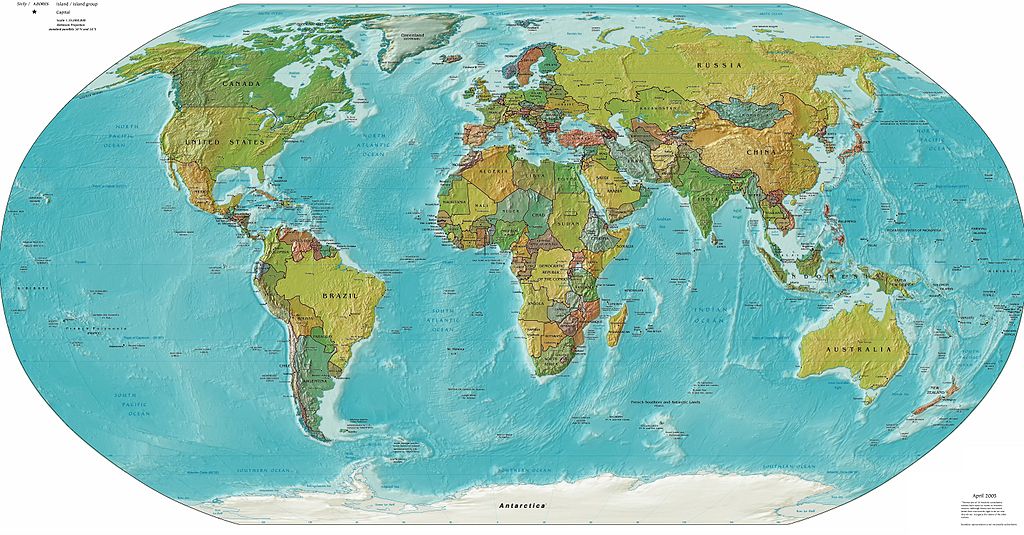Bringing the Diet to the World: What does the ILAE "Minimum Requirement" Paper Really Mean?

Epilepsy News From: Wednesday, July 01, 2015
Keto News: July 2015
Last month, the journal Epilepsia published recommendations from the ILAE (International League Against Epilepsy) Task Force for Dietary Therapy. This Task Force was created in 2013 and details about it are in the August 2014 Keto News and at their website. This exciting international project was designed to help bring the ketogenic and related diets to people around the world that did not have it yet.
As the chair of this Task Force, I wanted to make the diet seem less daunting to regions of the world such as Africa, Southeast Asia, Caribbean, Central America, and Eastern Europe that see it as too difficult or restrictive. The website for our Task Force includes recipes from various countries and links to websites and physicians willing to help.
Helping New Centers Get Started
One of the larger goals of the Task Force was to create a document designed for new centers in developing countries. At the Liverpool ketogenic diet conference in October, we gathered together with a goal of creating this manuscript in one day. This is not meant to replace the 2009 Epilepsia “Consensus” Statement in which ideal ways of starting and maintaining the diet are outlined.
Rather, this document was designed to discuss (in a roundtable setting originally) the minimum requirements for a new center – Do you need to get ALL the baseline labs? What constitutes a “keto team”? How should a new team get trained? Do you need to offer the diet to adults? Which diets do you need to offer? We wanted to discuss these points and more to help a new center not be afraid to get started.
What are the key points and important differences from the Consensus Statement?
For one, a keto team should include a physician (preferably neurologist), but a dietitian is only required for the classic ketogenic diet (felt to be optional for other diets such as the modified Atkins diet). The choice of diets offered is also up to the center (e.g., it’s OK for a new center to only offer the LGIT for example), but they should be comfortable treating children ages 2 to 15 years.
Second, all patients should receive at least a multivitamin and calcium – the other supplements that can help are optional.
Third, recognizing some centers are in remote, rural locations, starting the diet outside the hospital was OK. However, if it was an infant or complicated patient, it should be done in a hospital. No matter what, any ketogenic diet center should have access to a hospital in an emergency and the patient should have some way to contact their keto team too. Labs were also streamlined, including checking ketones through urine periodically (not necessarily daily).
Lastly, options of a possible training of a new center were described. This document was provided to the international community free-of-charge by Epilepsia.
What Does This Mean to You as a Reader?
If you are a parent or person with epilepsy in a country with limited resources that does not currently have dietary therapy, this is good news. You could show this document to your local pediatrician or neurologist and see if they have interest in starting a keto center (and hopefully this document will convince them it’s not that difficult to start one!).
Similarly, if you are a physician or dietitian in one of those countries, feel free to contact me or any other member of the ILAE Task Force! If you live in a country that does offer ketogenic dietary therapy, I hope you find this document as interesting to read as it was to debate and create. It might give you some sense of the discussion in the ketogenic diet world about just what exactly is necessary (and what is “extra”).
It also may give you a sense for how many of us see the possible ways to help bring the diet internationally through advocacy, training, the Internet, and email contact. Hopefully one day soon there won’t be a country on this planet that doesn’t offer the ketogenic diet.
References
Kossoff EH, Zupec-Kania BA, Amark PE, et al. Optimal clinical management of children receiving the ketogenic diet: recommendations of the international ketogenic diet study group. Epilepsia 2009;50:304-317.
Kossoff EH, Al-Macki N, Cervenka MC, Kim HD, Liao J, Megaw K, Nathan JK, Raimann X, Rivera R, Wiemer-Kruel A, Williams E, Zupec-Kania B. What are the minimum requirements for ketogenic diet services in resource-limited regions? Recommendations from the International League Against Epilepsy Task Force for Dietary Therapy. Epilepsia 2015 (online early).
Authored by
Eric Kossoff MD
Reviewed Date
Wednesday, July 01, 2015
